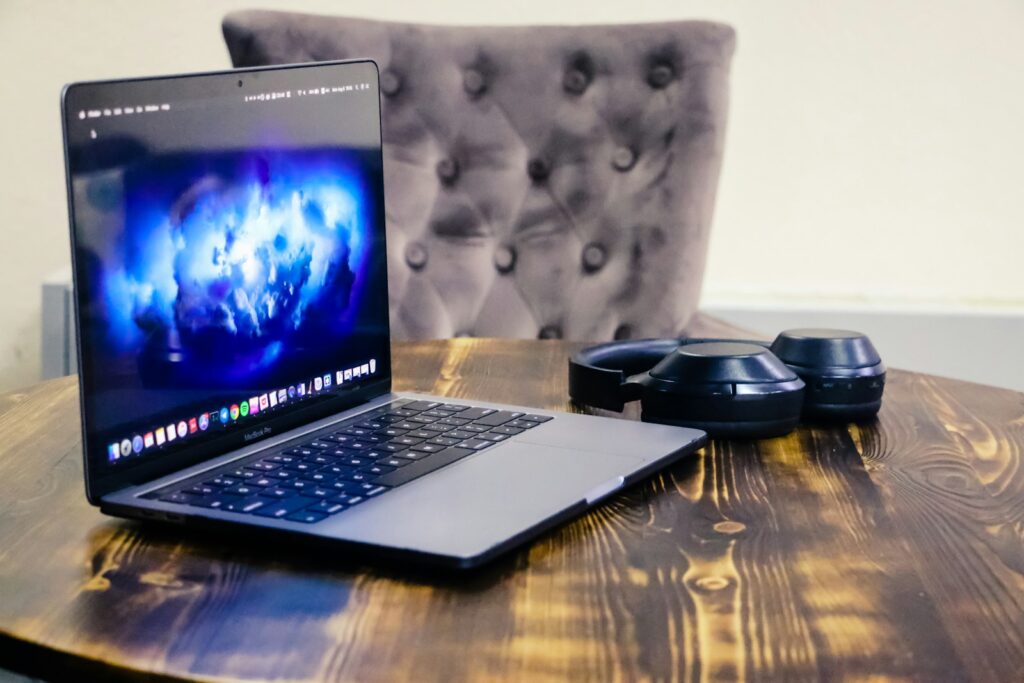Picking the best monitor for work and gaming can feel overwhelming. Do you go for size, speed, or picture quality? Each spec matters, but not all matter equally. With a little clarity, you can avoid spec-sheet confusion and pick a screen that actually makes your day better.
Let’s break down the essentials in plain language.
Monitor Refresh Rate Explained
When you see numbers like 120Hz or 240Hz, that’s the refresh rate, which means the times your screen updates per second. A higher rate means smoother motion, which is crucial for gaming and video editing but less critical for spreadsheets.
- Everyday work runs fine at 60Hz.
- Gamers should aim for 120Hz or above.
- Competitive players often swear by a 120Hz vs 240Hz monitor debate, but unless you’re in esports, 120Hz usually feels great.
This is where gaming monitor features actually pay off, including smooth visuals without eye strain. For more on tuning your setup, see Do You Really Need Noise-Canceling Headphones?
Resolution: 4K vs 1440p Monitors
Resolution affects sharpness. The higher the number, the clearer the image. For work, more pixels mean more screen real estate. For gaming, they mean richer visuals, but also a heavier demand on your graphics card.
- 1440p is the sweet spot for most users. Balanced, sharp, and easier on your system.
- 4K vs 1440p monitors comes down to budget and purpose. If you’re a designer or movie buff, 4K shines. If you’re gaming casually, 1440p often does the job.
And remember, resolution doesn’t stand alone. Pair it with refresh rate and size for the full picture.
Size and Ergonomics: A Monitor Size Guide
Bigger isn’t always better. Desk depth and distance matter as much as inches. A monitor size guide suggests:
- 24–27 inches for standard desks.
- 32 inches or more if you sit farther back.
- Curved displays feel immersive, but curved monitor vs flat comes down to preference and desk space.
Ergonomics also play a huge role. Look for tilt, height adjustment, or even an ergonomic monitor setup if you spend long hours in front of the screen.
Panel Types: IPS vs VA Panels
Not all panels are created equal. IPS vs VA panels is a classic debate. IPS gives better color accuracy and wider viewing angles, perfect for design and collaboration. VA panels lean on higher contrast, making them good for movies and darker gaming scenes.
There’s no one-size-fits-all answer. It depends on whether you care more about color fidelity or contrast depth.
Productivity and Multitasking
If you juggle documents, emails, and spreadsheets, screen layout matters as much as raw specs. An ultrawide monitor for productivity can replace a dual setup. It gives you endless horizontal space without bezels in between.
Still on the fence? Consider the dual monitor vs ultrawide tradeoff. Dual screens are flexible; ultrawide is seamless. Both can change the way you work.
Gaming Performance and Response Time
For gaming, response time is the unsung hero. A faster response time for gaming means less ghosting and sharper action. Pair it with HDR support and you’ll notice better contrast and color depth.
Look for HDR display quality if you play visually rich titles. It makes dark caves darker and neon lights pop. Combined with refresh rate, it defines how immersive your gaming sessions feel.
To learn more about gear gamers love, see Why Gamers Still Love Mechanical Keyboards.
Balancing Budget and Value
Not everyone needs the priciest gear. Affordable work and play monitors exist if you balance specs. A 27-inch, 1440p, 120Hz IPS monitor often delivers the sweet spot for both office tasks and gaming nights.
Keeping your devices in good shape helps, too. See DIY Tech Cleaning Hacks (That Won’t Ruin Your Devices) for simple upkeep tips.
The Bottom Line
The best monitor for work and gaming isn’t about chasing the highest numbers. It’s about choosing the right balance: refresh rate for smoothness, resolution for clarity, and size for comfort.
Add panel type and ergonomics, and you’ve got a setup that fits your lifestyle. When tech gets overwhelming, focus on home automation that works. That means choosing gears that makes daily life easier, not more complicated.




